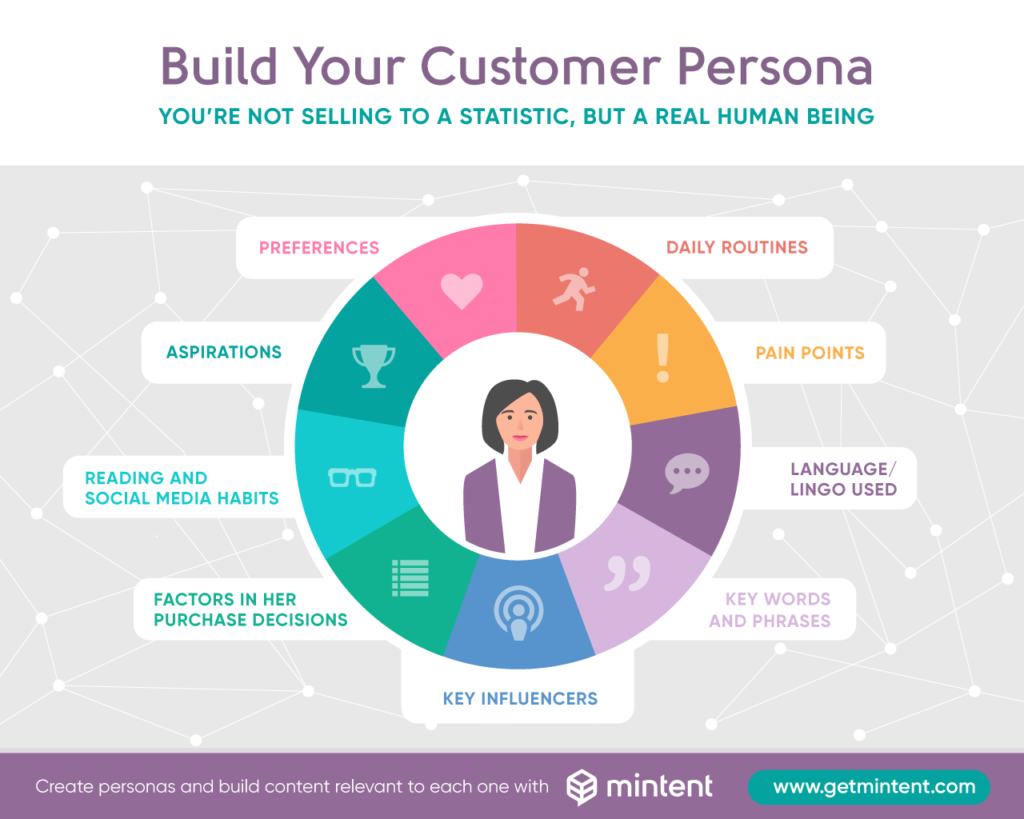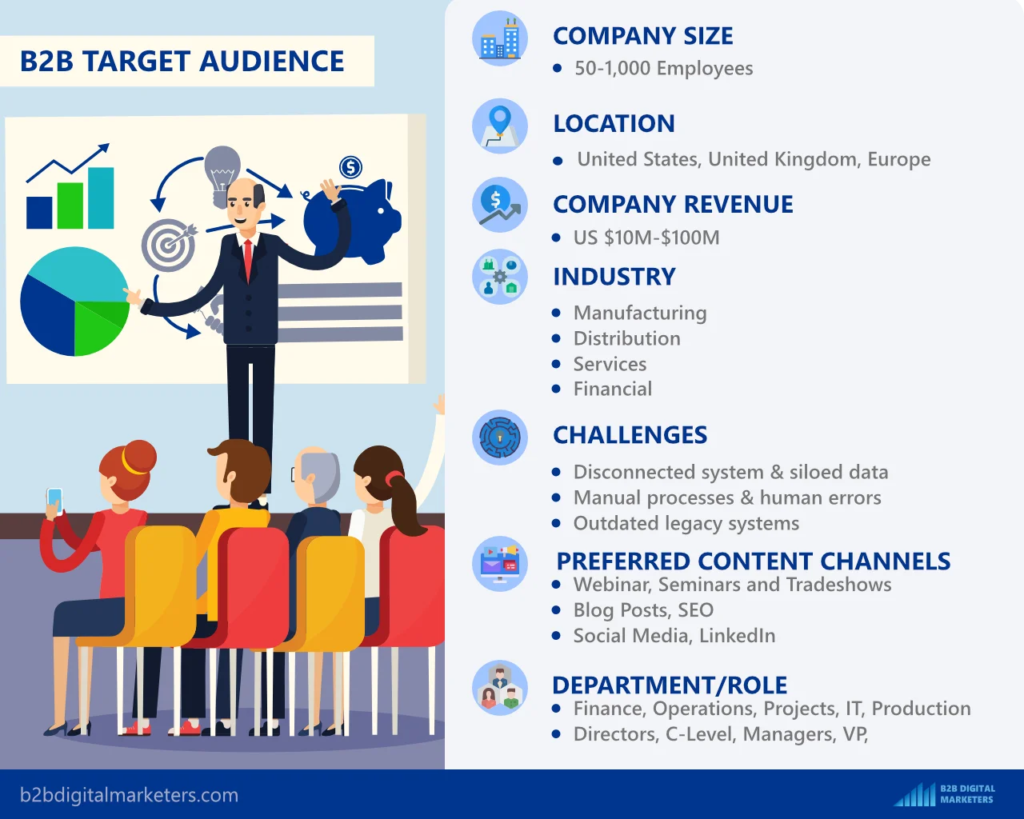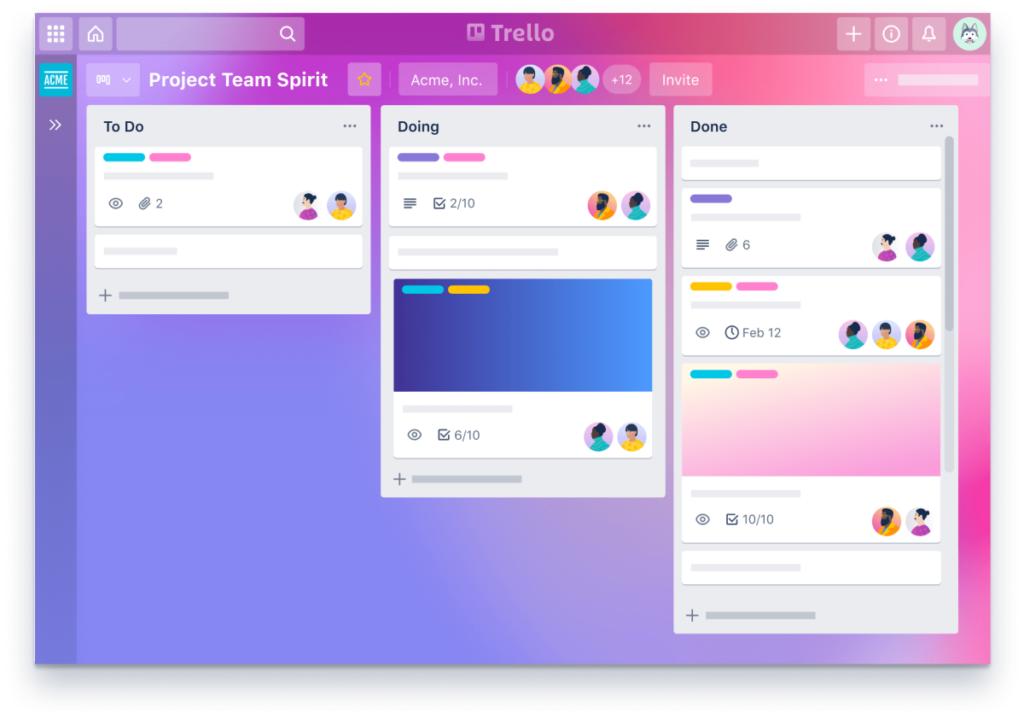For a whopping 55% of marketers, blogging is the number one inbound marketing strategy. Without one, you run the risk of generating abysmal brand awareness. This automatically brings down your organic web traffic, eventually snowballing into poor conversion rates.
On the other end of the spectrum, B2B marketers who dedicate time and resources to blogging witness 13x more positive ROI than the ones that shun the idea. But you already know all this; else, you wouldn’t be here reading up on how to create a high-value B2B blogging strategy.
The ultimate goal of deploying a B2B blogging strategy is to publish “valuable” content. Doing this generates organic web traffic, which ultimately leads to higher conversions.
Not sure how to craft B2B blogs that establish you as a thought authority within your domain? It’s not that hard, as long as you know what blog strategy works and how to create it. The result of following a set procedure or strategy will ultimately help you churn excellent original B2B blogs.
The 6 Fundamentals of a Successful B2B Blogging Strategy
Here are the six steps you need to create a winning B2B blogging strategy.
Step 1. Nothing is More Critical Than Defining Your B2B Audience
There’s no point figuring out blogging intent, topics, frequency, SEO, etc., until you know who you are blogging for. Therefore, the very first step to creating a blogging strategy is to identify your target audience.
You can do it by:
- Researching your competitors. Not all of them, of course. Pick the top five brands within your industry and figure out who they are targeting.
- Looking at your own customer base. Who are your top customers? What are they buying from you? What do they have in common? Segmenting customers this way will help you scout leads with similar purchase intent. Observing the solutions they buy will also help you figure out the challenges they face. This can later assist with your blogging topics.
- Investing in psychographic databases that allow you to dig deeper. It helps you go beyond the limitations of demographics, firmographics, etc., and lets you understand your prospects’ purchase triggers and motivations closely.
- Creating Ideal Customer Personas (ICP) – At this final point, you combine all the data collected to develop an ICP. Here is an example of what your B2B ICP should look like.


After you have figured out
- Who your current customers are?
- What do they gain by using your offering?
- What are their common qualities?
- What are their common challenges?
It’s time to move on to the next step.
Step 2 – Time to Select Your Blog Categories
“You put hours of work into each blog post, and you don’t want it to disappear into the black hole of your archives. Without defined blog categories, your content quickly sinks out of view — only to be found by endless scrolling.”
– HubSpot
You can’t straightaway jump from figuring out your audience’s intent to specific blog topics. But, you can identify broad themes and categories emerging from customer and prospect research – the challenges they face and solutions they search for. This will eventually help you identify topical buckets.
At this point, your marketing and content strategy team can get together for a “brown paper” exercise. Primarily used for identifying process flows, you can also leverage it to brainstorm different blog categories and topics within those categories.
Check out HubSpot’s blog categories:

Lastly, remember that every popular B2B blog will usually have a maximum of 10 categories. Any more, and you will confuse the viewer.
Step 3 – Choose Your Content Writing and Managing Team
No matter how excellent your content strategy, which includes the blog topics you choose and the sites you host them on, if you don’t have an experienced content partner, your strategy is bound to fail.
Before moving forward, ask yourself the following two questions:
- Who will write the blogs? Will it be a professional third-party content partner or your in-house team?
- Who will be accountable for different roles within the blog strategy?
Based on the number of resources you have and the size of your marketing team, you can decide how many people can hold responsibilities. It will bear well to hire people for the following roles:
- At least one blog manager who oversees all writing tasks – be it in-house or with third parties. They can assign deadlines and distribute topics to different resources. To ensure seamless centralization of your blog, provide them with a robust SaaS project management solution.
Tools to use

- Blog categories and topic ideation for individuals or teams.
- SEO expert to provide the right keywords and advice on effective insertion practices.
- A team of writers and editors.
- A content strategy team to figure out the evolving content needs of audiences. They can also manage the editors and their calendars.
At this point, you should also figure out the design of your blog posts to share with the writers.
Step 4 – Write “Valuable” Content
Up until this point, everything you do is to create compelling content. We simply can’t stress the importance of creating high-value content enough. It’s what will attract readership, turn them loyal to your blog, and hopefully garner conversions.
Sure, attracting new readers is always more difficult than maintaining current subscribers. However, you must create content for both these categories, as it is your present subscriber base who can become your brand’s advocates, thus ushering in newer subscribers.
Nifty tips for creating valuable content
- Always choose a topic that readers want info on but are hard to come by on the web.
- Create multi-layered content, meaning: don’t write purely textual blogs. Include images, videos, resources, free tools, etc.
- When writing for a B2B audience, write at least 1000 words. Experts say the ideal blog length in 2021 was 1500 to 2000 words. Doing this lets you pack in more information, but more importantly, search engines also rank substantial long blogs higher on their pages.
- Do not sound “salesy.” Make your blogs fun and educational. Go for an 80-20 ratio, where 80% is educational, and 20% is product related. Simply put, avoid discussing your product pricing every chance you get. Work on educating your audiences to establish a name for yourself. Provide them with free tools, share “how-to” tutorials, etc.
- Always Include CTAs. You can insert a Call-to-action along with all the pithy content you publish. Calls-to-action or CTAs inform the readers of the next step they should take after reading the blog. Effectively placed and relevant CTAs can boost conversions.
Use Case – HubSpot’s blog is a universe of crisply presented information. From “infographics and videos to how-to posts, they essentially showed other B2B brands how to leverage blogs to create a loyalty base and grow their brand. Keeping their readers central, their different blog categories divided between marketing, sales, and service content is the gold standard of valuable B2B content creation.
Step 5 – Insert the Right Keywords and Phrases
Know that that web is a noisy ocean, and drowning in it is not hard. This is why you need an on-point SEO keyword strategy for your blog. Inserting relevant keywords and phrases in your content will improve your brand visibility.
Google and other search engines will spot your blog carrying all the keywords readers are searching for and will rank you higher on their search results.
But, finding the right keywords can be challenging. Therefore, start by using seed keywords. These can come from your topical buckets, are more generic and are usually a part of a blog title.
For example, by reading the title of this blog, you can assume that the B2B blogging strategy is a keyword. However, assumptions alone are not enough to insert the right keywords.
You can hire an SEO team to help you search for the right keywords to go into your blog or use SaaS tools for the same. You can also use the SaaS tools provided below to start researching keywords within your domain.
Tools to use
- Keywords Everywhere (free)
- Moz Keyword Explorer ($99 per month)
- Ahrefs Keywords Explorer ($99 per month)
- AnswerThePublic (Paid after 3 free searches per day)
Step 6 – Determine the Frequency of Your Blogs
How many blog posts can you publish? How many should you publish?
Your competitors can go from publishing once a week to posting multiple times within a week. Certain B2B brands might even post 15-16 blogs per month in the hope of increasing followers.
However, smaller brands may not have enough resources to match this figure. And, them churning more quantity than quality becomes an unsustainable practice, which ultimately costs subscribers. If you are one of them, remember that quality ranks above quantity in B2B blogging.
So, don’t publish for the sake of it; else, you’ll end up with insipid posts that don’t add any value to the reader. Instead, publish one post every week or once in ten days without compromising on content consistency and quality.
5 Examples of Highly Successful B2B Blogs
Learn from the best in the biz! Here are five brands that have got B2B blogging right.
1. DELL
Dell’s corporate blog is nothing short of perfection. It captivates you the minute you visit, with its overwhelming choices of relevant blogs laid out in a neat and user-friendly layout. Know that this blog is heavy on tutorials.
It also discusses several “how to” articles explaining Dell’s features in detail. This blog is a valuable resource for tech enthusiasts and customers who have questions about Dell’s products and services.
Posting frequency – 2 to 3 times per week
Check out Dell’s corporate blog
2. Salesforce
Not many know that Salesforce is one of the longest-running B2B blogs out there. Successfully gathering subscribers since 2007, this blog takes a more informal tone with its readers. This is the brand’s way of providing a human touch to the blog.
Even though the content here records the latest trends in online sales, it still retains its old blogs without archiving them. Although, the writers keep updating these evergreen blogs. Each post has a singular CTA that invites newer subscriptions.
Posting frequency – 4 to 5 times per week
3. GE
Didn’t expect to have General Electric or GE on this list, did you? Well, it is quite popular and provides exciting and futuristic articles related to electrical engineering, healthcare services, etc., to its readers every week.
All the blogs on GE are closely linked to their four businesses: healthcare, transportation, energy infrastructure, and aviation. However, all GE posts are written by industry experts who write in a persuasive tone. This is also why they don’t post as often as the other brands on this list.
Posting frequency – since most industry experts write for GE, their posting frequency is ad-hoc
4. SAP
This blog features a tonne of user-contributed posts on different categories like – technology vision, SAP’s products and services, the latest news and updates, etc.
Since SAP has thousands of people working for them and an additional squad of experts as consultants, they can generate high-quality user content. A smaller business must consider hiring a content partner to achieve the same result.
Posting frequency – since SAP features tonnes of user-generated content, they post every day, that too, more than once
5. Neil Patel
Often touted as an SEO guru, Neil Patel has a raging blog following. His blogs talk about boosting web traffic organically, which is something most B2B businesses crave. No wonder his blog has established its thought authority and now provides highly valued insights on SEO across multiple industries.
Posting frequency – 3 to 6 times per week
Additional Read: Less is More: Why I Wish I Never Wrote 4,784 Blog Posts
Ready, Set, Launch!
“Even though corporate blogging is a way to have a voice online, it is not a traditional marketing tool. Once you accept that and release it from the shackles of press releases and corporate news, it will start generating a return on the investment.”
– Paul Boag (Bestselling author | presenter | CRO specialist)
So, using these B2B blogging strategies as a starter toolkit, forge your own. Figure out your target customers and what they are reading these days. This will help you create your topical bucket. After which, dig into finding and inserting the right keywords and publishing as frequently as you want.
And, of course, don’t forget to refer to the five B2B blogs and tools we have shared for your benefit.
Happy blogging!
About the Author


7 thoughts on “How to Create a Highly Successful B2B Blogging Strategy (+ 5 Examples)”